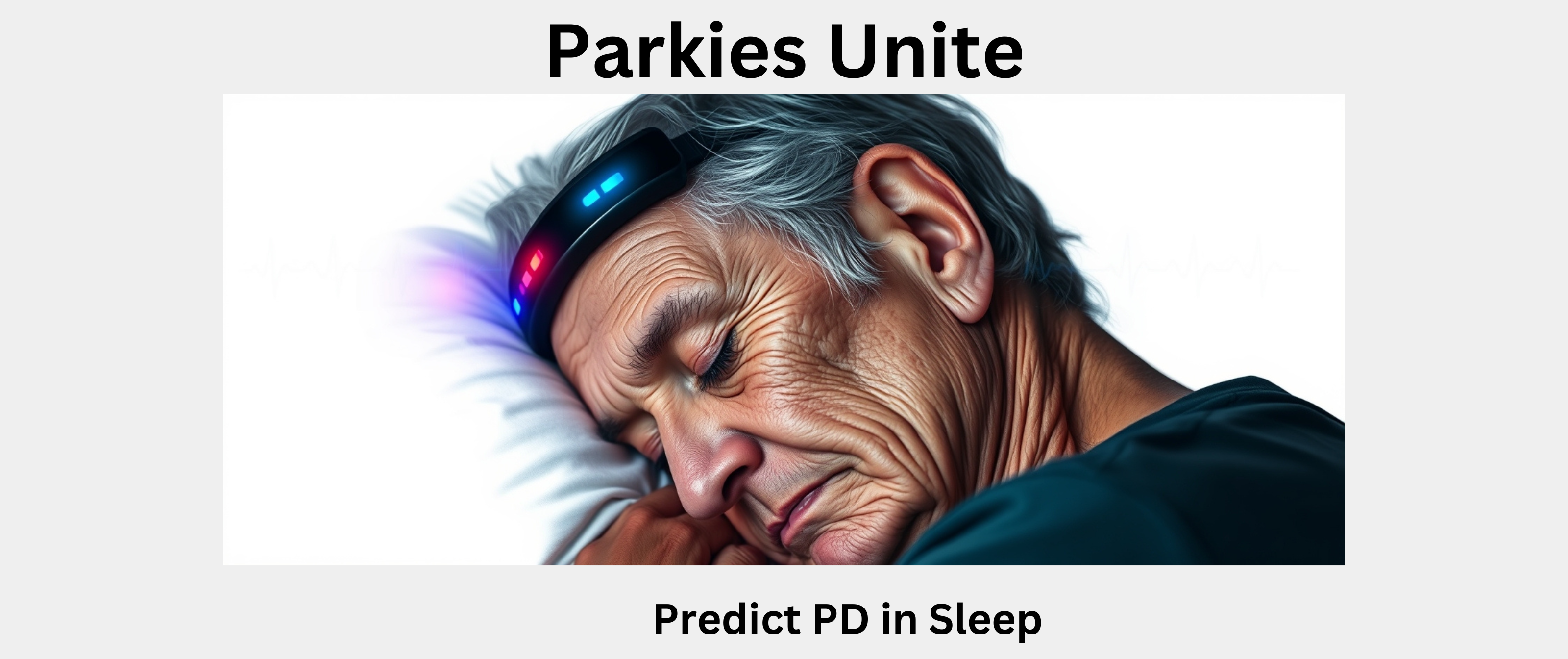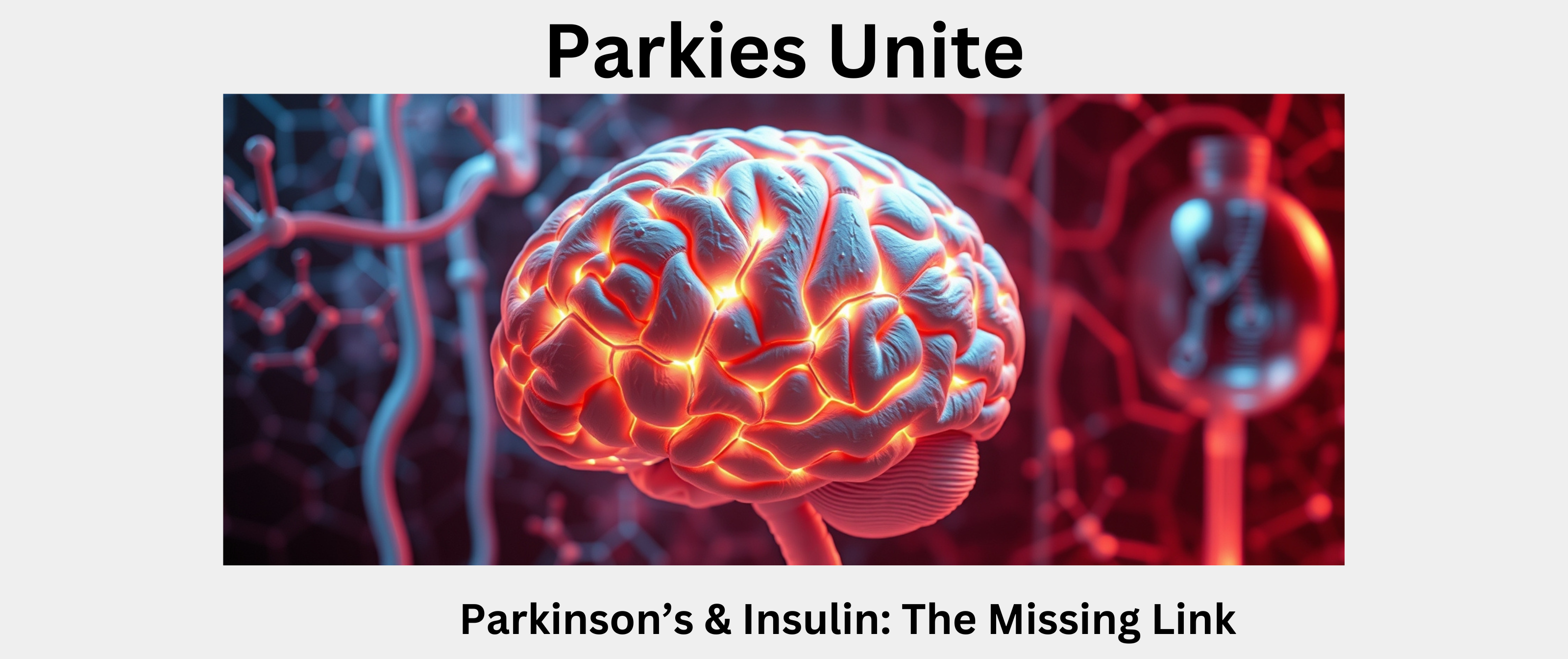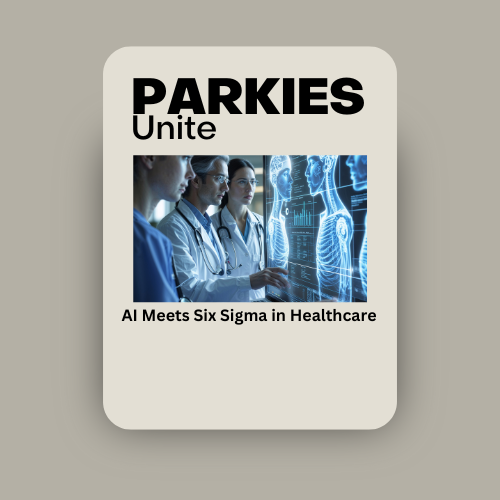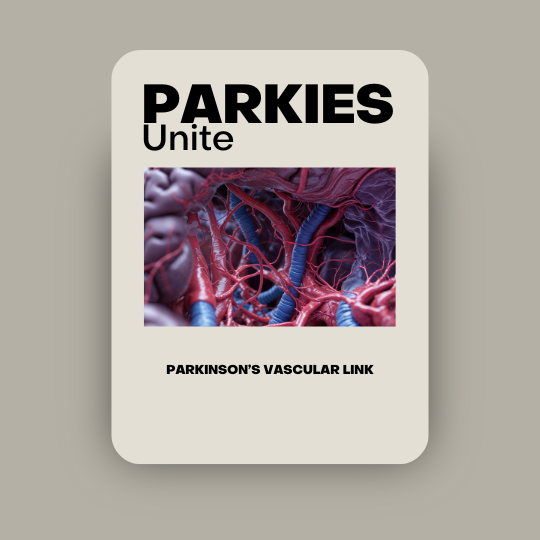AI Predicts Parkinson’s Through Sleep

Reading Time: 3 minutes
(5 minutes read time)
How Researchers Use AI in Sleep Analysis
Understanding Parkinson’s disease (PD) involves recognizing more than just motor symptoms such as tremors, rigidity, and bradykinesia. Today, scientists emphasize …
Read MoreParkinson’s & Insulin Resistance: A Hidden Connection

Reading Time: 7 minutes
Introduction
For years, Parkinson’s disease (PD) has been understood as a disorder of dopamine loss, but emerging research reveals a deeper metabolic connection—neuronal insulin resistance. This hidden factor accelerates neurodegeneration, worsens …
Read MoreEnhancing Parkinson’s Care: Integrating Six Sigma and AI

Reading Time: 2 minutes
In the quest to improve Parkinson’s disease (PD) management, the fusion of Six Sigma methodologies with Artificial Intelligence (AI) presents a promising avenue. This integration aims to enhance clinical procedures, …
Read MoreManaging Parkinson’s Psychosis from Afar

Reading Time: 3 minutes
Introduction Caring for a loved one with Parkinson’s disease (PD) is already challenging, but when psychosis symptoms like hallucinations and delusions emerge, the complexity increases. Managing these symptoms can be …
Read MoreThe Vascular Link to Parkinson’s Disease

Reading Time: 3 minutes
Parkinson’s disease (PD) has long been attributed to the degeneration of dopaminergic neurons in the substantia nigra. However, compelling new research suggests that vascular dysfunction in the brain may play …